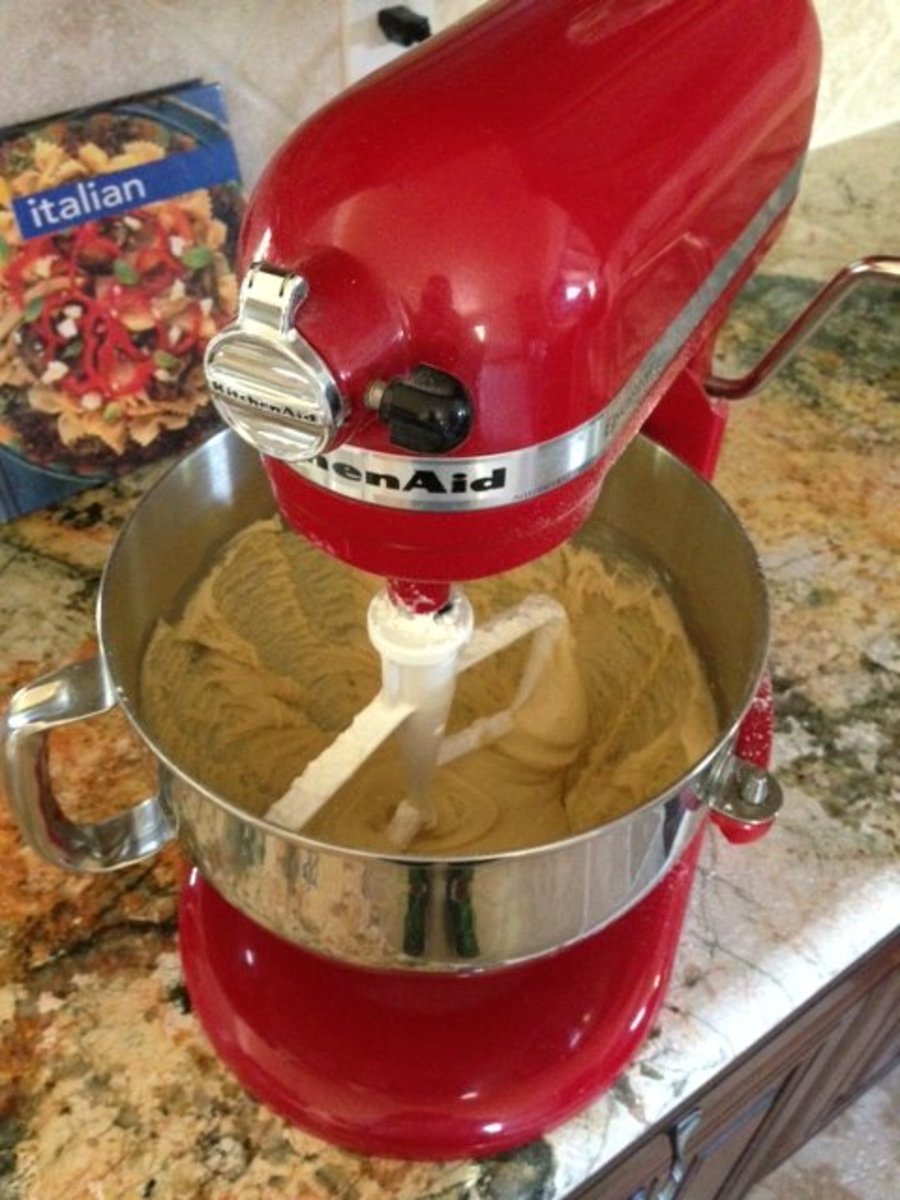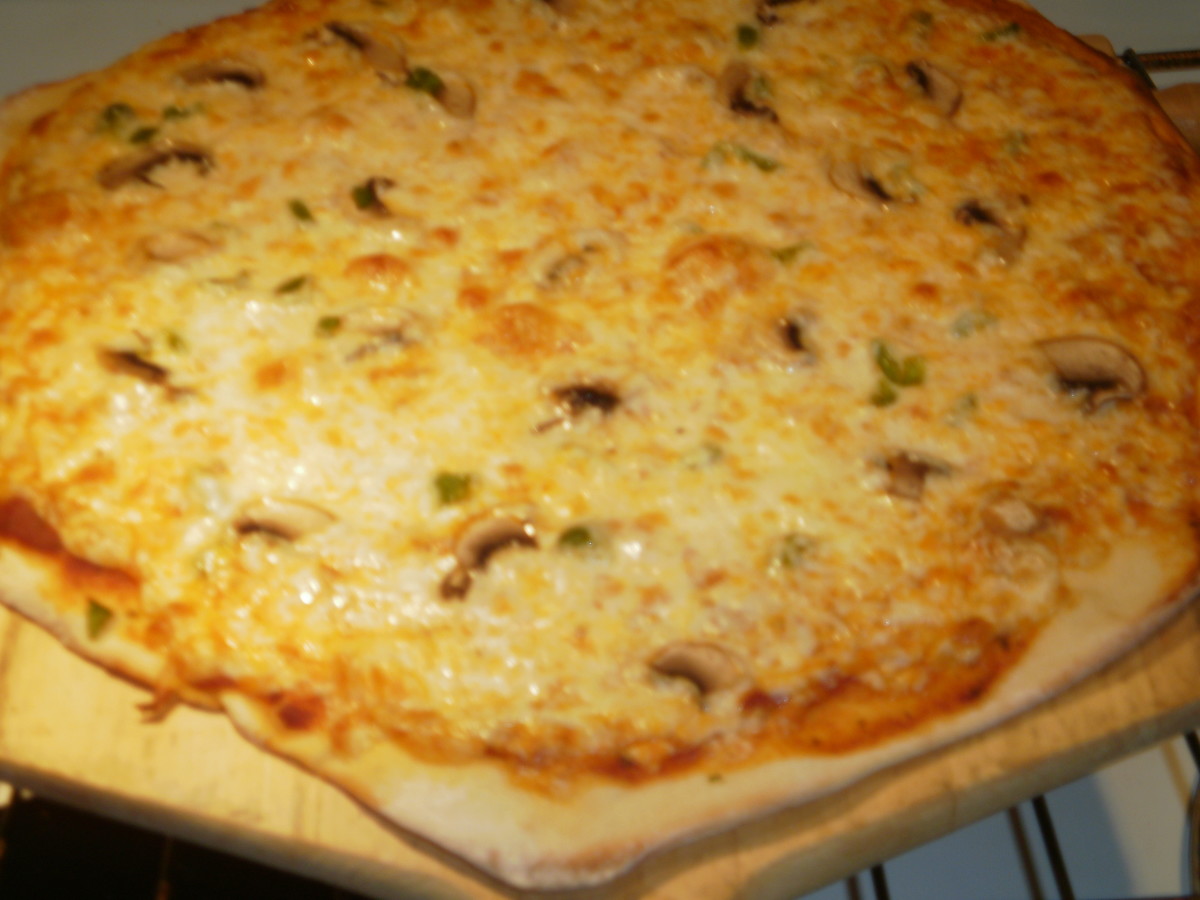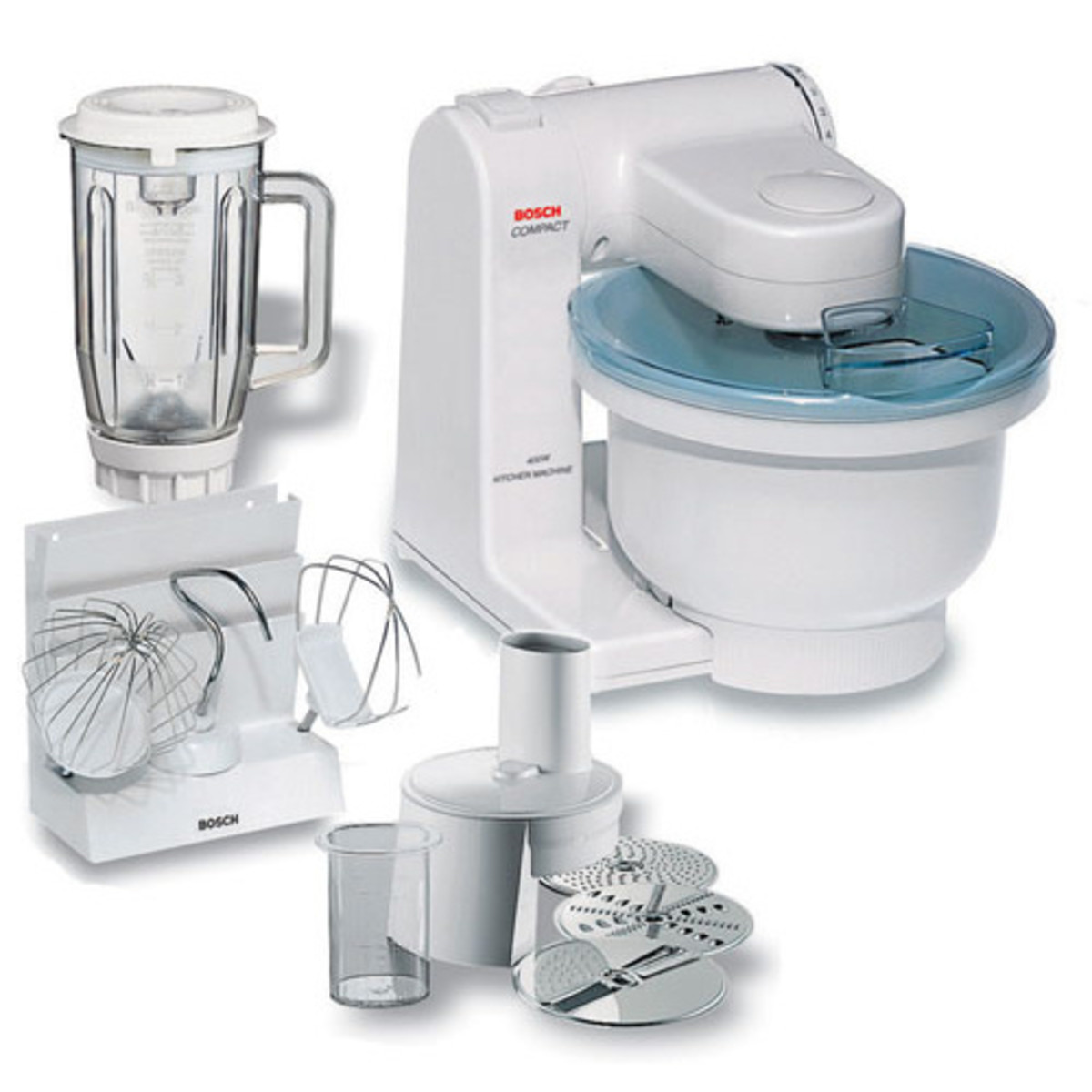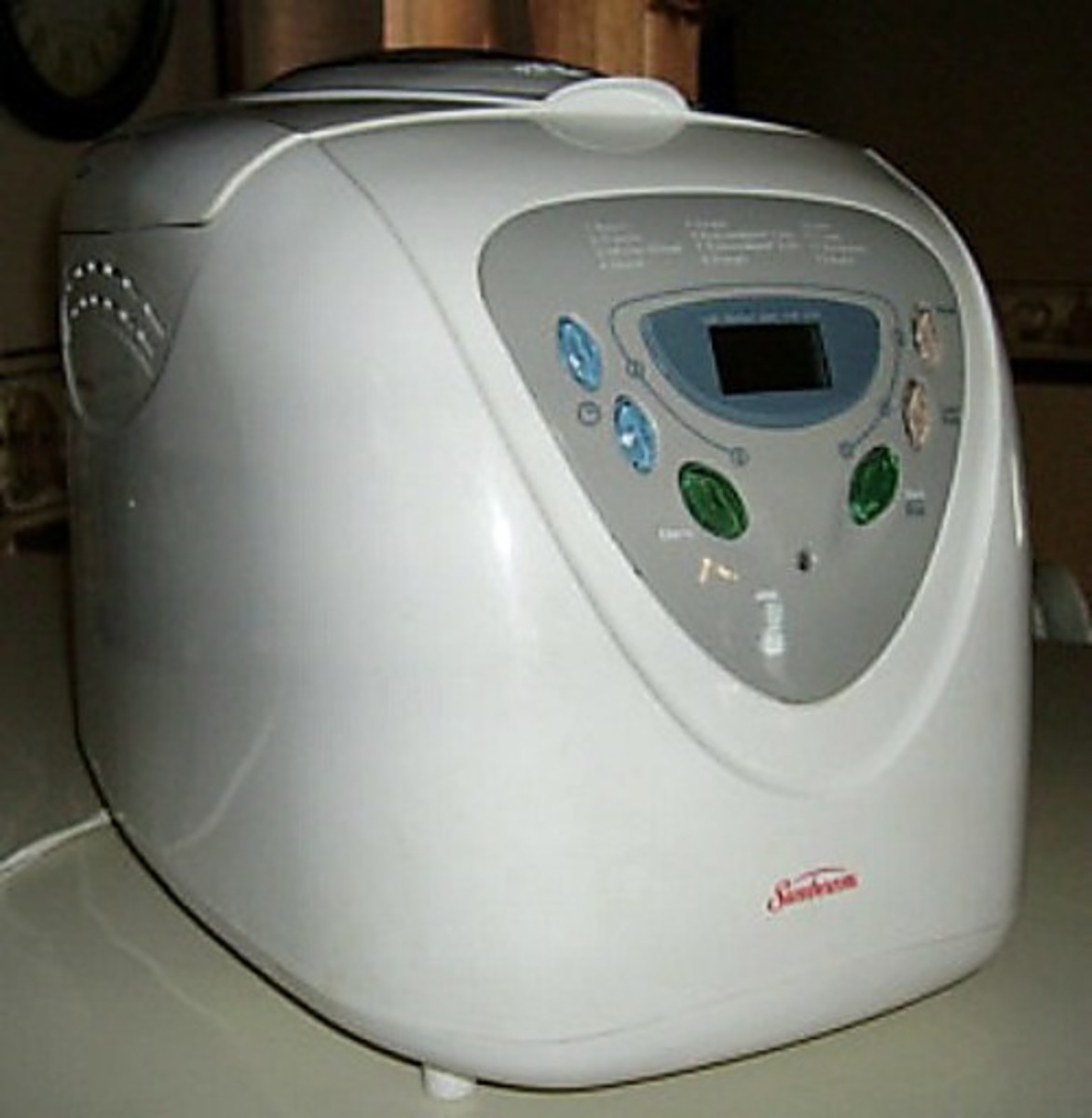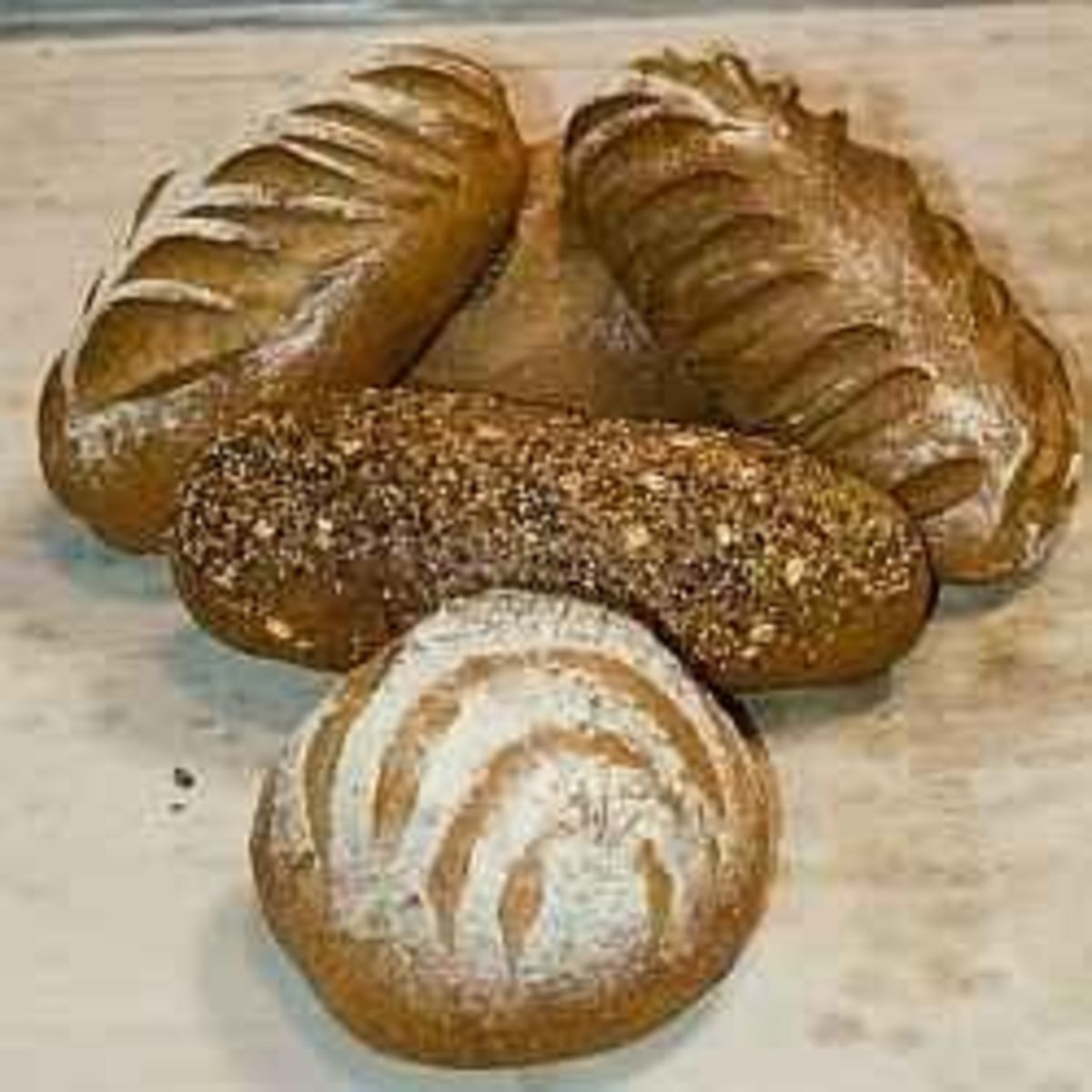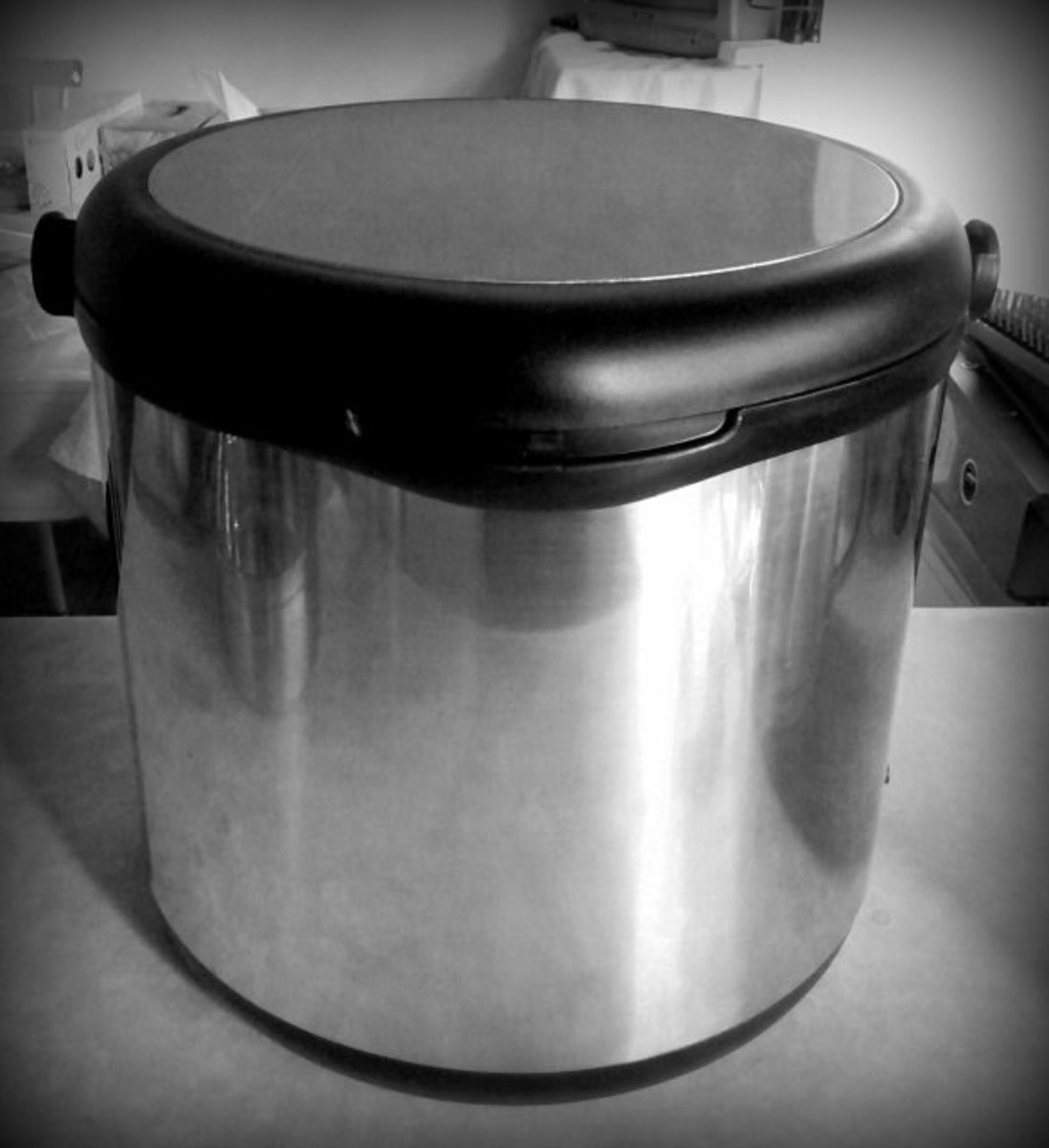The Best Tools & Ingredients for Making Homemade Bread
With so many people concerned about all the harmful ingredients in food, we are seeing resurgence in chemical and additive-free cooking and baking. If you are a home baker and bake bread or want to start baking your own bread products, read on for tips and suggestions for some of the best tools and ingredients for baking bread at home.
We’ll cover:
- Bread machines
- Stand mixers
- Silicone mats
- Loaf and other bread pans
- Rolling pins
- Bread knives
- Bread boxes and other types of storage
- Ingredients (e.g. flour, baking yeasts, etc.)
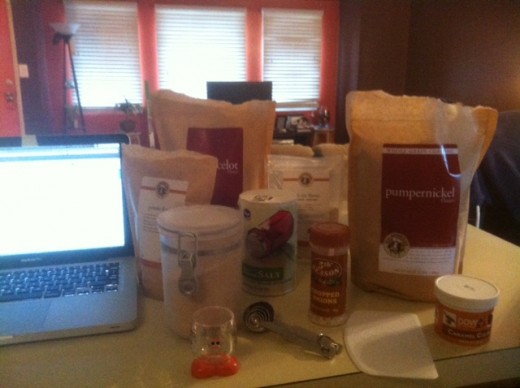
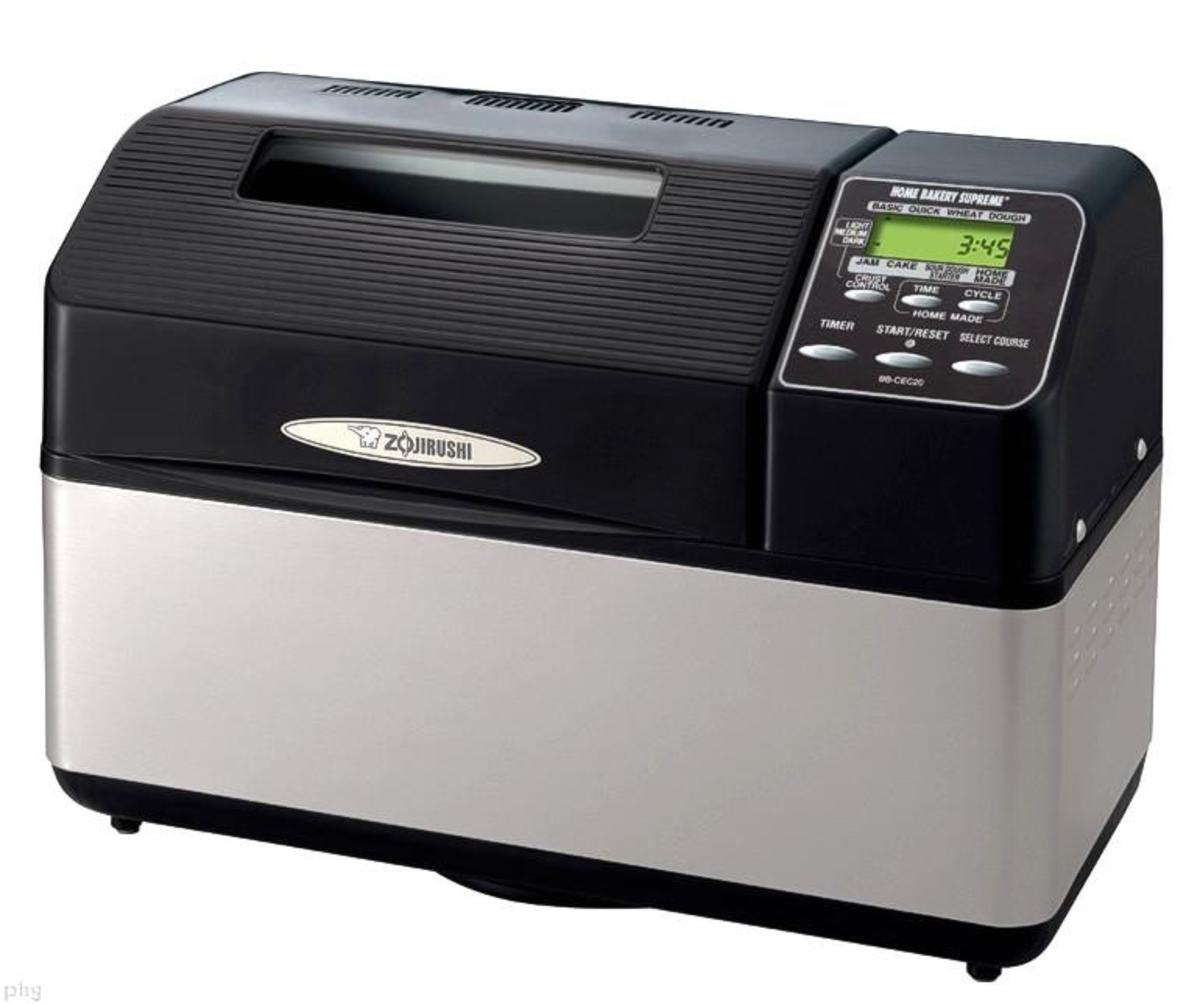
Bread Machines
For folks who have many demands on their time, a bread machine can be an invaluable piece of equipment. There are some disadvantages to using a bread machine, such as:
- Less control over the dough
- An inability to learn the texture of dough for different recipes
- Sometimes uneven browning of the crust
- Unsightly holes in the bottom of the bread from the kneading hooks
By far, my favorite bread machine is the Zojirushi bread maker. I have the 2 lb. loaf machine, and it makes baking bread as easy as pie. Actually, it’s a fair bit easier than pie. The pros and cons of this and many other machines include:
Pros
- The ability to use the bread machine to just knead the dough and take it through its first rise. After this, you can shape it however you want. This particular feature works great for artisan loaves. The second perk of this being that you save the wear and tear on your stand mixer, if you have one, or the time and frustration of hand-kneading the dough.
- Many bread machines come with a recipe book that takes you through simple recipes and instructions for basic, whole-wheat, sweet doughs, and miscellaneous recipes, like meatloaf and easy bread machine cake. This saves you a bit of money you might have spent buying a bread machine recipe book.
- If the machine has a countdown timer, it lets you know exactly how long it’s going to be before your loaf of bread is ready to eat, so you can plan your meal ahead of time.
- The delay start function on my Zojirushi bread machine is one of my favorite features. It allows me a lot of flexibility, and with a hectic life, flexibility is key. Simply put all of your ingredients into the machine and tell it when you want your loaf to be done. It delays starting until the appropriate time.
Cons
- I have found that if I use the machine to bake my loaves, it sometimes produces a slightly uneven browning of the crust. It is not a problem for me and my family, but if you are planning on gifting your loaves to others, you may not like the uneven appearance.
- The kneading paddles leave holes in the bottom of the bread. This is not a huge problem, but you may not like the appearance, and if you happen to get a slice with a hole in it, you might be annoyed, especially in the case of sandwich bread.
- You do not get the experience of learning about texture of dough at different stages and manual kneading.
- Some bread machines are quite expensive. Making bread by hand is more cost-effective, unless you make more of your own bread when you have a machine and dramatically cut down and purchasing high-quality bakery or commercial bread.
- The bread machine takes up counter space, so if you have limited space in the kitchen, you may find it difficult to place it on the counter and cumbersome to lug out of the pantry.
*If you would like more information about the Zojirushi bread machine, check out my review of it here.
Stand Mixers
If you do not have a bread machine, a stand mixer is the next best thing. However, you will need a powerful stand mixer to prevent the motor from wearing out quickly. Bread dough is hard for the mixer to knead, so a higher wattage and a longer warranty are important. There are 2 stand mixers that are not too incredibly expensive that are great for kneading bread dough: the KitchenAid stand mixer and the Cuisinart stand mixer. Personally, I use a KitchenAid Artisan 5 quart stand mixer, but I would really like to try the Cuisinart 5 ½ quart 12-speed stand mixer. It has several extras compared to the KitchenAid:
- Reviewers on Amazon.com state the Cuisinart does not move around as much on the counter when kneading bread dough.
- The Cuisinart has a timer, so you can set it for the time you need to knead (pun intended) and tend to other things.
- It has 800 watts of power, whereas the KitchenAid only has 325 watts of power. Sometimes I can hear my KitchenAid groaning with the work of kneading bread. I would hate to destroy a $300 machine!
- The Cuisinart has a 3-year warranty on the machine and a 5-year warranty on the motor, while the KitchenAid has a standard 1-year warranty.
Both machines have standard attachments and tools included (whisk, paddle, dough kneading hooks, 5-5 ½ quart bowls, lifting heads to allow easy access to the bowl) and the cost is about the same.
Silicone Baking Mats
For shaping and rolling out different types of dough, a silicone mat truly is a blessing. Dough has a tendency to stick to everything, but it does not stick to silicone mats. This makes kneading, shaping, and/or rolling out the dough super-easy. Further, if you get the right kind of mat, you can bake on it without greasing it. This is particular useful for cookies, pizza dough, and artisan breads. Further, silicone mats are pretty inexpensive (from $15-30 each), and if you are used to using parchment paper or foil, in the long run you will save money using the silicone baking mat. Also, when rolled up or folded, they hardly use any kitchen space. Silpat is an excellent brand and they produce several different sizes for all your different baking pans.
Quickly, these are the perks of the silicone baking mat:
- Inexpensive
- Easy to use
- Takes little space
- Nonstick dough making and baking
- Saves money on parchment and foil
- Variety of sizes for different baking pans
Loaf and Other Bread Pans
My absolute favorite brand for all my bread pans is USA pans. These pans are heavy-duty (you can feel their sturdiness when you hold them), easy to clean thanks to Americoat coating, fairly inexpensive, and made locally in the USA. Also, the newer USA pans have ridges in the pans and the bread literally just falls out of them when done. I have not had even one loaf stick anywhere at all. USA pans also makes a variety of sizes and shapes from Pullman loaf pans with squared off edges for excellent sandwich bread to muffin pans to short and long regular loaf pans to pizza pans and everything in between. No matter what you are baking, USA pans makes a pan for your needs. I cannot emphasize enough how much I love these pans!
The perks, in short order:
- Heavy-duty aluminum
- Americoat coating prevents sticking and makes them easy to clean
- Ridges also prevent sticking
- A large variety of sizes and shapes
- Inexpensive compared to big name-brand pans
Rolling Pins
Almost every home baker has a rolling pin. You may already have one you love, and if so, I encourage you to just skip this section. However, if you do not have one or you are not particularly fond of yours, read on. There are several sizes and shapes of rolling pins, but what we are going to discuss here is a standard rolling pin. Personally, I prefer a thick rolling pin with a nonstick surface and handles. It is important when purchasing a wooden rolling pin to get one with a nonstick surface. Otherwise, bread dough will latch onto it rather than rolling out. I use King Arthur Flour’s solid rock maple rolling pin. It is relatively inexpensive and nonstick. King Arthur Flour also sells some silicone height attachments to aid in rolling out dough to an exact thickness. You also may be interested in a marble rolling pin; however, I find them too heavy and a tad bit expensive if you invest in a quality pin. King Arthur Flour’s rolling pin currently is listed for $43 (price quoted from kingarthurflour.com on April 11, 2013). Not too shabby.
Bread Knives
If you have ever tried to slice bread fresh from the oven with anything other than a quality bread knife, you know how frustrating it can be. You can ruin a perfect loaf of bread with a poor bread knife. If you want to make sandwiches with your loaf of bread, a quality bread knife is a necessity rather than a luxury. You can spend hundreds of your hard-earned dollars on a quality bread knife, but Wusthof’s Gourmet Serrated Bread Knife is only $60 for the 9” knife (price quoted from Amazon.com on April 11, 2013) and performs like a dream. Even crusty artisan breads slice beautifully with this knife. It is worth every penny, even if you have to save for a while to purchase it.
Bread Boxes & Other Types of Storage
Once you have baked a fabulous loaf of bread, you want to store it safely so it does not go stale or mold quickly (unless you eat it all right away…uh-oh!). For sandwich length and width loaves, I love Progressive International’s Adjustable Bread Keeper. This particular bread box adjusts to the length of your bread, so as you eat it, you can make the box smaller. It also has ventilation holes, so based on the humidity in your area, you can open more or less holes. Bread actually does need air to stay fresh. If you store if in a place with no air circulation, moisture that leeches out of the bread will condense on its surface and form mold. Of course, if you have too much air, the bread will become stale. And at $13, you really can’t go wrong with this bread box (price quoted from Amazon.com on April 11, 2013). For different shapes of bread, you may choose bread bags and twist ties. I find this easier for my large boules.
Ingredients
Flour
There are several different types of flour. You can pick organic or non-organic, bleached or unbleached, whole-wheat, white whole-wheat, all-purpose or self-rising. There are a great many other websites dedicated to describing the different types of flour and when to use them. Different recipes often indicate exactly which type of flour to use, but they often do not specify a brand (and if they do, it is often a flour manufacturer’s recipe).
My absolute favorite brand of flour is King Arthur Flour (KAF). You will notice I have mentioned King Arthur Flour’s products multiple times in this article. The reason for this is that King Arthur Flour is a brand I trust. I do not get any special favors from King Arthur Flour for mentioning their products in my articles, but I think credit should be given when it is due. Many bakers agree that KAF flour is the best flour for bread baking. Yeast breads rise high and have excellent texture and flavor. They offer any variety you can think of and their prices are comparable to other name brands.
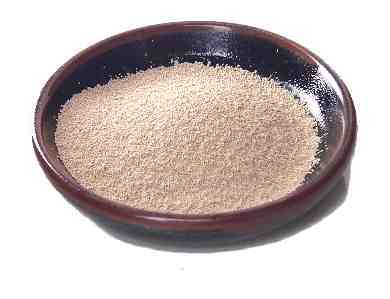
Baking yeasts
Similar to flour, there are different types of baking yeast. There is:
- Active dry yeast
- Instant yeast
- Yeast for sweet doughs
- Quick-rise yeast
- Sourdough yeast cultures
See the chart (below) for the different uses.
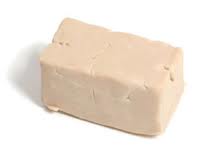
Type of Yeast
| Description
| Examples of Recipes
|
|---|---|---|
Active dry yeast
| Dried granules of yeast that must be mixed with warm water and sugar in a proof phase of a recipe
| Any yeast bread recipe. The bread will need to go through two rising phases, in addition to the proof phase.
|
Instant yeast
| Dried granules of yeast that can be added to the dry ingredients without proofing
| Any yeast bread recipe. The dough will require two rising phases, but no proofing.
|
Yeast for sweet dough
| Dried granules of yeast specifically used for doughs high in sugar content; provides a long, steady rise
| Cinnamon rolls, sticky buns
|
Quick-rise yeast
| Semi-dried yeast
| Any yeast bread recipe not requiring refrigeration or freezing (most manufacturers do not recommend this)
|
Sourdough cultures
| Active, live cultures that have been fed and aged with time
| Sourdough bread and baguettes
|
Cake yeast
| Also known as wet, compressed, or fresh yeast (not dried); limited availability in supermarkets
| Any yeast bread recipe
|
I prefer SAF-Instant Yeast for my everyday bread baking. It has a wonderful flavor and is extremely dependable. It does not require the proofing phase that active dry yeasts require, so it saves about 10 minutes in a yeast bread recipe. Also, SAF-Instant Yeast is very inexpensive compared to the little packets of yeast they sell at my local grocer. I get a 1 lb. container for about $6. That’s a great deal on excellent yeast!
*Note: I store my instant yeast in a vacuum-sealed container in the freezer for extended shelf-life.
I also use a sourdough culture to make sourdough bread. You can purchase various cultures locally and internationally, but you also can grow your own. See my articles on creating and maintaining your own sourdough yeast culture at home.
Specialty ingredients
There are many specialty ingredients you may purchase for use in your bread doughs. Some of my favorites include:
- KAF pizza dough flavor
- KAF pizza seasoning (I make a lot of pizzas)
- Vietnamese cinnamon: has a wonderful, strong flavor and a nice sweetness
- Espresso powder: a small bit enhances the flavor of chocolate desserts, while a larger amount will create a coffee flavor
- Pure vanilla extract: it is worth it to spend the extra money on a good vanilla extract. It really enhances the flavor of your baked goods.
- Sweet dough flavor: produces a bakery quality flavor in sweet bread doughs
- High-quality olive oil and extra virgin olive oil: these are essential to making pizzeria-type pizzas
- Dried buttermilk: very nice to have on hand if you do not keep fresh buttermilk
- Dried egg whites and dried whole eggs: also nice to have on hand for emergencies
I could go on with this list all day, but these are, as they say, a few of my favorite things!
Share & Share Alike
I am aware that different people have other preferences than some of the items I have mentioned here, and if you have another favorite, please feel free to share your experience in the comment section. This is a great place to learn from fellow bakers. I, like many others, am on the lookout for new or better products. Thank you for taking the time to read this article. I have several other articles on baking and always enjoy your feedback.
© 2013 Leah Wells-Marshburn






